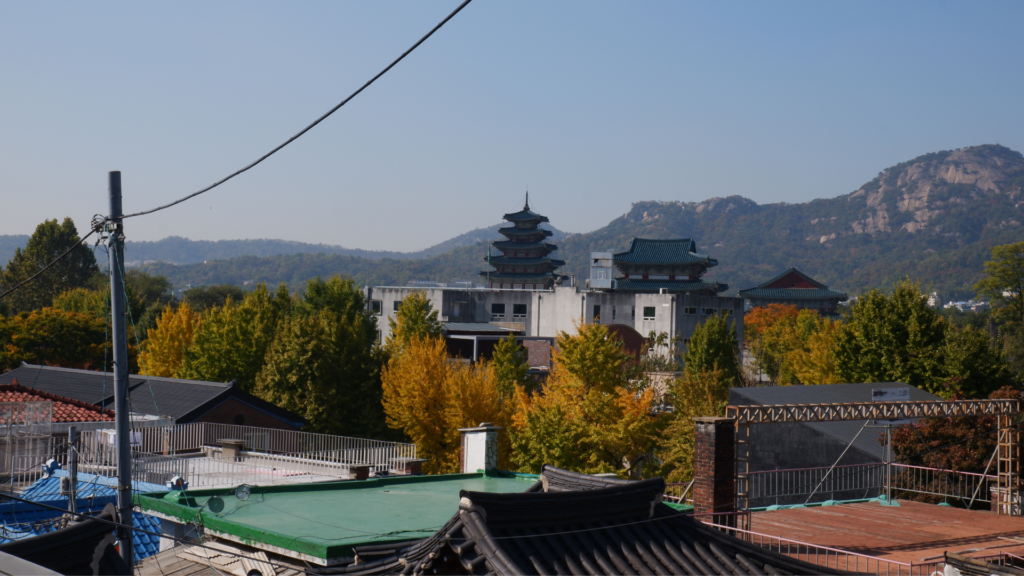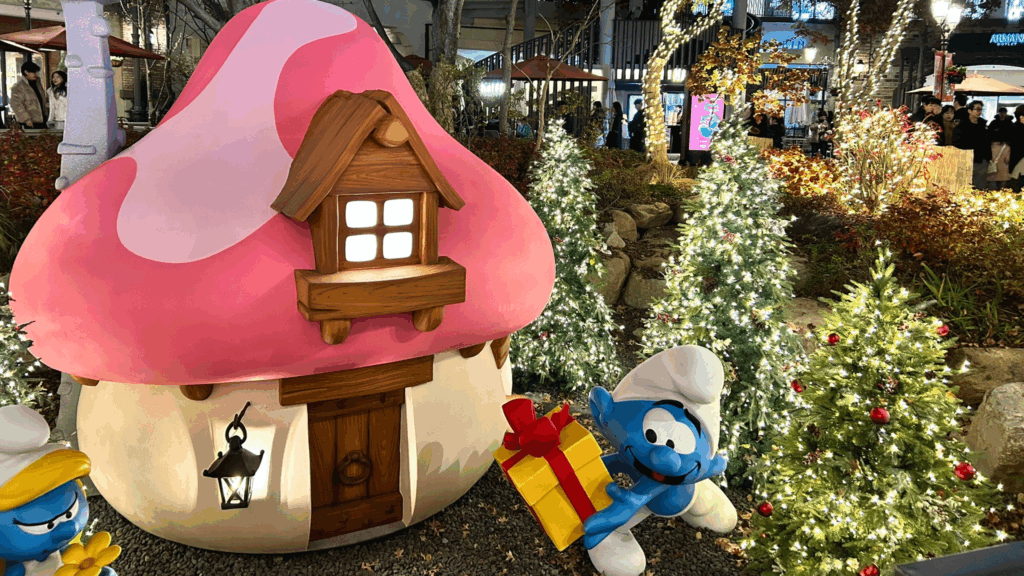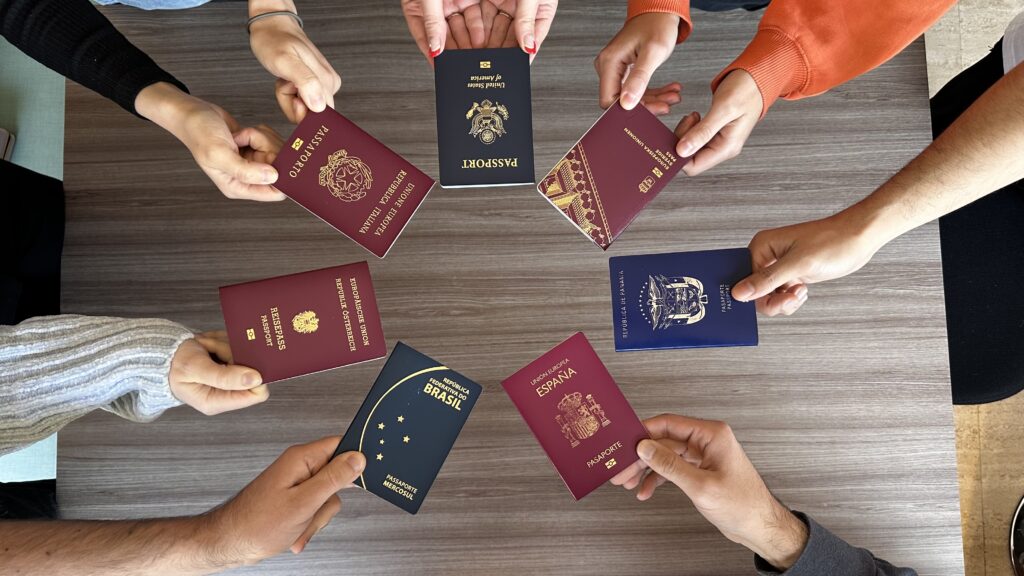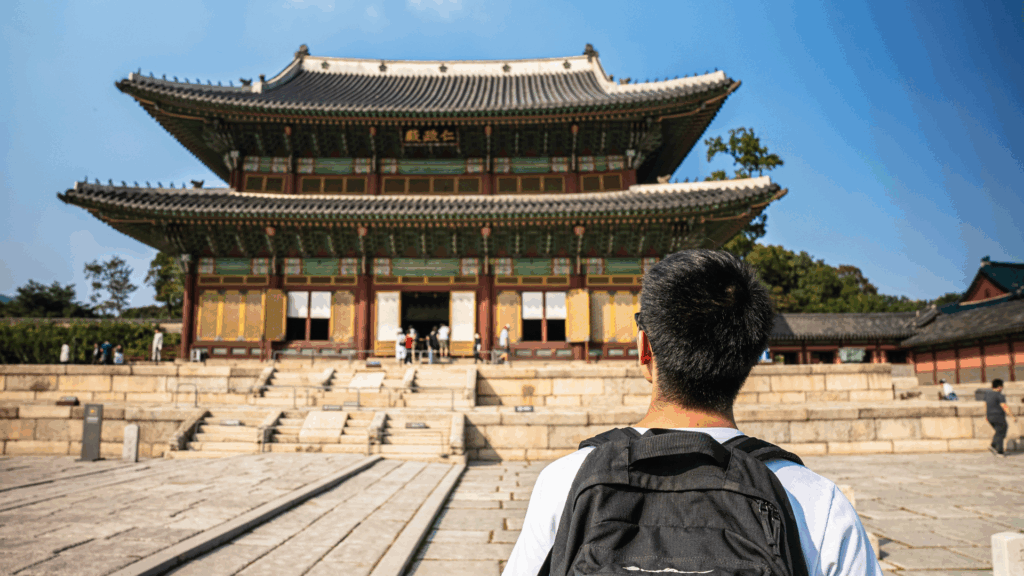A UNESCO World Heritage site, Jongmyo was built in the fourth year of King Taejo’s (태조) reign.
Jongmyo is the chief state shrine built according to Confucian ideals. It contains the spirit tablets of late kings and queens. People performed many Confusion sacrificial rites for them here. None of these buildings within the shrine are decorated lavishly in order to emphasize the solemn nature of the shrine. This was a primary worship place for kings throughout the Joseon Dynasty. The traditions that take place during the ceremonies at Jongmyo originate from ancient China. These rituals held great significance in the culture pervading both states. Therefore, the state also protected the shrines during war. Due to their significance, the ancestral rites as well as the ancestral music have been placed as Masterpieces of the Oral and Intangible Heritage of Humanity by UNESCO in 2001. UNESCO also recognized the ancestral rites as Important Intangible Cultural Heritage No. 56.
Jongmyo | Home to ancestors

The Confucian stress on maintaining a link between the ancestors and their descendants led to the consecration of shrines like Jongmyo. People believed ancestor’s spirits protected them from harm. Over time, China abolished their monarchy and thus these rites lost all of their importance but Korea still maintains them. Currently descendants of the former Korean royal family perform these rituals. The descendants worship the last kings and queens through the Jongmyo jerye (종묘 제례), every year on the first Sunday of May. During the ceremony, court music called jerye-ak (제례악) is played and the Ilmu (일무) dance accompanies it. The ceremony has three parts. It is practiced with great solemnity as it is Korea’s most important ritual.
Jeongjeon (정전) shrine hall
Jeongjeon is the main hall of the shrine. When the king or queen passed away, mourning would take place over a period of three years. Afterwards, mourners enshrined the deceased spirit tablet in this hall. The large stone yard and incredibly broad roof is representative of the solemnity that dominated classical Korean architecture. Gongsindang (공신당) and Chilsadang (칠사당) flank Jeongjeon. Gongsindang contains the spirit tablets of subjects of the king who attained great merit. Chilsadang contains the spirit tablets of the seven gods of heaven. The royal family and their subjects prayed to the gods here asking for easy resolution to problems.
Yeongnyeongjeon (영녕전) shrine hall
Yeongnyeongjeon is classified as Treasure No. 821 of Korea. It contains the spirit tablets of four generations of King Taejo’s ancestors. The name of the hall means ‘long live both ancestors and descendants of the royal family in peace.’ This hall contains sixteen chambers containing sixteen kings and eighteen queens. While the Jeongjeon held a regular ceremony five times in a year, the Yeongnyeongjeon only had ceremonies in spring and autumn.









